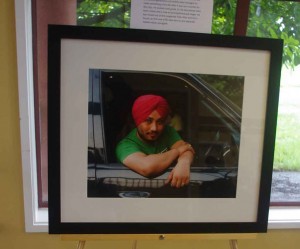By Nadine Moedt (The Cascade) – Email
Print Edition: November 5, 2014
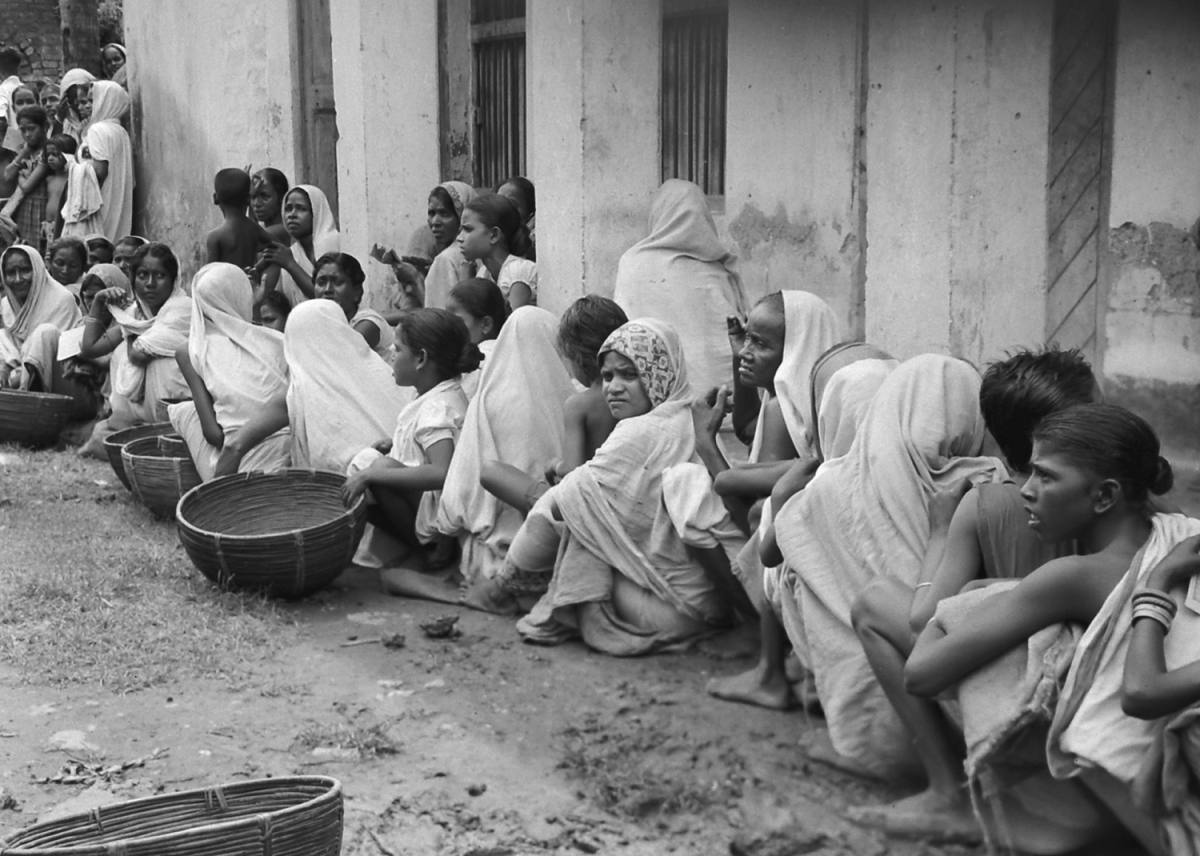
October 31 marked the 30-year anniversary of an event that still haunts Sikh people around the world. On that day, Prime Minister Indira Gandhi was assassinated by two of her bodyguards, both of whom happened to be Sikh.
More than 8,000 Sikh people were murdered in the next three days.
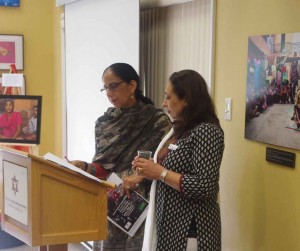
This tragedy, however, wasn’t the reactionary expression of anger and grief as explained away by Indian authorities. Rather, it was plotted and encouraged by the central government and members of parliament with the assistance of police authorities. The killings, rape, and destruction of Sikh homes and businesses was an outright betrayal by politicians of the Congress: not riots or acts of random hatred, but pogroms — violent riots aimed at the massacre or genocide of a ethnic or religious group of peoples. The violence has been compared to the treatment of Jews in Nazi Germany.
“There is nothing to forget”
In commemoration of this tragedy, UFV hosted a symposium on the 1984 anti-Sikh pogroms as a means of understanding and healing. The series of lectures and discussion, titled Justice Denied / Collusion Denied 30 Years Later: Reflecting on the Anti-Sikh Pogroms, took place on October 31 and November 1, and brought together community members and scholars in a discussion of oral and visual narratives.
The lectures and subsequent discussions incorporated eyewitness accounts, bearing witness to the atrocities committed against the Sikh people, as well as the provocative media broadcasting that occurred during the massacre. Kusum Soni provided listeners with a detailed and chronological sequence of events, starting with the assassination of Prime Minister Indira Ghandi at 9:20 a.m. on October 31, 1984.
“Those who suffered losses were advised to forget the past and ‘bury their memories’ in order to promote a sense of national identity, and were given no sense of resolution or closure.”
Soni described the sheer horror and terror experienced by the Sikh people, who were forced to tiptoe through the streets to avoid stepping on the dead bodies and cut hair of their neighbours.
“Young people armed with swords, daggers, spears, shields, and iron rods were ruling the roads,” Soni said. Yet the only thing the police put a stop to was a procession of peace, which an officer said would not receive protection if it continued.
Through tears, Soni described the trauma she lives with.
“Every year this topic disturbs me. There is nothing to forget.”
There were a few brave souls amid so much violence and horror — Hindus who hid Sikh families in their homes. According to Soni, it is roughly estimated that some 70 per cent of Sikh people were sheltered by Hindus.
UFV instructor Rajneesh Dhawan also described his experience as a teenager in Amritsar during Operation Blue Star, which occurred in June 1984. The operation, in which Ghandi ordered the military to remove Sikh militants from the Harmandir Sahib Complex (also known as the Golden Temple) in Amritsar, is often cited as a motive in the assassination of Prime Minister Indira Ghandi.
In the wake of trauma
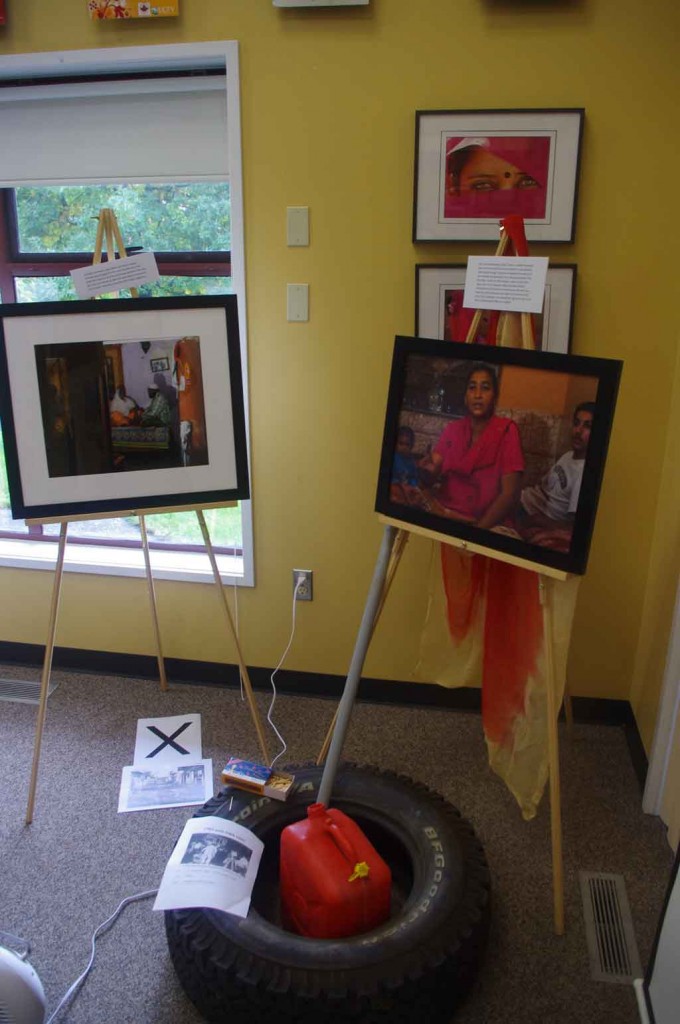
Director of the Centre for Indo-Canadian Studies Satwinder Kaur Bains read an essay titled “Passages of time: dealing with the trauma and memory of the 1984 anti-Sikh pogroms,” which acknowledged the need for diasporic communities to “contest and keep to the forefront accounts of violent trauma and localities.”
In her discussion she said “[by] seeking a corrective understanding of the past, the most immediate and pressing concerns of the present and the future may be addressed. In acknowledging the political and negotiative aspects of commemoration I want to remind us that these sites of memory are also sites of mourning.”
She explained that it is not unusual for those mourning to be in a place of “social limbo” like “standing on the threshold.”
Those in positions of power encouraged forgetting the 1984 pogroms, which are therefore under-documented. Those who suffered losses were advised to forget the past and “bury their memories” in order to promote a sense of national identity, and were given no sense of resolution or closure.
“If there is no repair of the crime, forgiveness is impossible to achieve,” Bains said.
On the relationship between history and memory, Bains quoted Pierre Nora: “Memory is blind to all but the groups it binds, whereas history belongs to everyone, and no one … Memory takes root in the concrete, in spaces, gestures, images and objects. Memory is antithetical to history and history is suspicious of memory. Consequently, history’s true mission is to suppress and destroy memory.
“As in the memory of the 1984 pogroms there is silence from those who can provide relief and justice,” she added.
The pogroms were provoked by the reports of Sikh people celebrating the death of Indira Gandhi over the television and news, both of which were controlled by a political party who was grasping at the last straws of their power.
During a period of discussion, participants debated on the freedom of media, and of Canada’s arguably racist coverage of the 1984 pogroms. One audience member remembered being in Canada and listening to the reports from India as the massacres unfolded. The lack of any real information showed a disturbing complicity in the unfolding events.
“The 1980s was basically anti-Sikh,” said an audience member. “There was extreme racism towards brown-skinned people here in the valley.
“Towards the mid-‘90s, things began to soften up because I think people began to like our butter chicken, and then they watched us dance and they thought, oh, people who can dance bhangra like this can’t be all that bad,” the audience member said with some humour.
Memorializing through images
The symposium took place in the Centre for Indo-Canadian studies, which is currently hosting the exhibition From Lost Childhood to Uncertain Future: 1984 Anti-Sikh Riots Victims by Delhi-based photographer Sanjay Austa. The display, which will be open to the public until Thursday November 14, documents the lives and losses of the children of those slaughtered by the anti-Sikh mobs. Each photograph is accompanied by the subject’s own narration of their experience as a child in 1984; the now-adults share in the trauma of bereaved families and of a lost childhood.
“Whenever one thinks of the victims of the 1984 anti-Sikh riots, we think of the widows of the victims,” Austa said on the blog featuring his work. “But no one pays any attention to the children of these widows. Perhaps because the children don’t appear to be as interesting as victims, or maybe because they were too young at that time to give any gory account of the riots.”
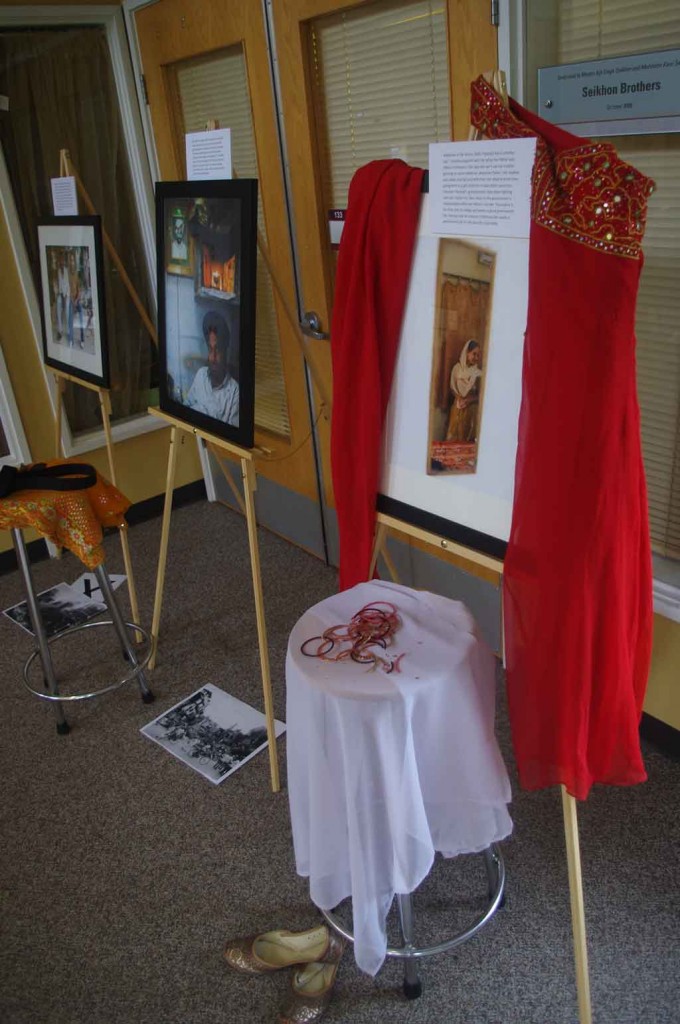
According to Austa, over 60 per cent of Sikh children who survived the massacre are unemployed, struggle with drug addictions, and are involved in crime. Austa’s work depicts a small part of the legacy of brokenness and trauma left by the 1984 massacres.
Other presenters who spoke at the symposium included UFV anthropology instructor Nicola Mooney, Sharanjit Kaur Sandra, a PhD candidate from UBC, and Naomi Popple, an MA student who hails from the University of York. A keynote by Dr. Parvinder Kaur Mehta, visiting from Siena Heights University, discussed the initiation of a shifted paradigm in the discourse surrounding the 1984 massacres.
The day worked to bring forward the grief and anger in order to work toward an acceptance of the events of 30 years past. It was a step toward understanding, a step toward healing.


